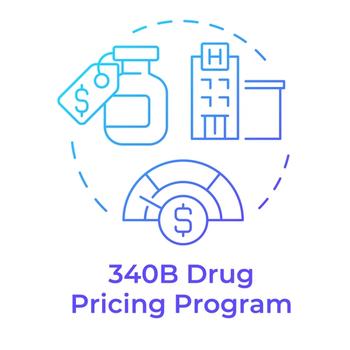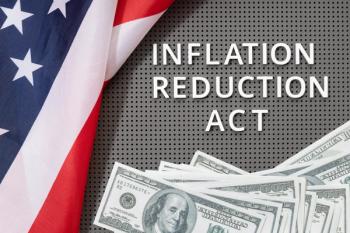
Vizient Predicts Modest Drug Inflation in 2023
The rate reflects a continued trend toward moderation of the overall increase in drug prices.
Healthcare performance improvement company Vizient is forecasting a 3.26% overall drug inflation rate for healthcare systems in 2023, a slight decrease from 2022.
In its
In its Summer 2021 Pharmacy Market Outlook,
“The inflation rate currently being seen in other sectors may not seem reflected in pharmaceuticals, but it's important to note that drug manufacturers regularly increase their prices, especially on branded drugs, irrespective of overall economic trends,” said Steven Lucio, Pharm.D., senior principal, pharmacy solutions for Vizient, in a
The most significant shifts in spending will be seen for AbbVie’s Humira (adalimumab), Gilead Sciences’ anti-viral Veklury (remdesevir), along with dermatology and diabetes medications.
Vecklury, approved by the FDA to treat COVID-19 in 2020, will fall from the top drug spending spot to the second because of a decrease in its utilization, Vizient said.
Meanwhile, Humira will move to the top spot in total member purchasing volume. While the top-selling medication will face competition from seven biosimilars poised to enter the market next year, that impact will be seen in the future, according to Vizient.
“With its loss in exclusivity, treatment costs are expected to come down,” Vizient said.
However, Humira biosimilars launching in 2023
Leaders from the Forum and their member companies are concerned, based on past experiences, that the Humira biosimilars won’t be placed on formularies unless manufacturers are willing to be reimbursed less due to high rebate fee structure.
Meanwhile, Vizient predicts the oncology drug inflation rate to be 3.38% in 2023, and spending is expected to reach $114 billion by 2026. “More than 100 new oncology medications are expected to be approved during this timeframe, contributing approximately $42 billion in spending per IQVIA’s The Use of Medicines in the U.S. 2022 report,” Vizient said in its report.
The continued growth in oncology spend is not only due to novel molecular entities, but also to continuing FDA approvals for additional indications for medications currently available. For the oncology medications approved from January to April 2022, 56% were approvals granting additional indications to medications already on the market.
Diabetes medications will see a much lower rate of inflation (1.55%) than the overall rate. “The increased use of more cost-effective biosimilars has knocked insulin glargine from the top ranking of member spend in this category, a trend that is expected to continue as more institutions begin using biosimilar alternatives,” Vizient said.
Par Pharmaceutical’s Vasostrict (vasopressin) for diabetes is expected to continue to fall in its ranking after
Dermatology medication spending is expected to increase by 4.12%, due to four new brand name drugs coming to market in 2023. Higher-priced of atopic dermatitis medications will be used instead of generic topicals, according to Vizient.
Meanwhile, Vizient forecasts that spending on cardiology medications will grow 3.19%, “driven by novel, high-cost medications as well as recent national guideline updates heightening the need to slow disease progression,” Vizient said.
Vizient’s forecast is based on member pharmaceutical purchase data. Its members represent 50% of the nation’s acute care providers, including 97% of the nation’s academic medical centers, and more than 20% of ambulatory care providers.
Newsletter
Get the latest industry news, event updates, and more from Managed healthcare Executive.


















































